June 18, 2025
Bali Arts Festival in Indonesia 2025: A Celebration of Culture, Creativity, and Community
CM Content Team

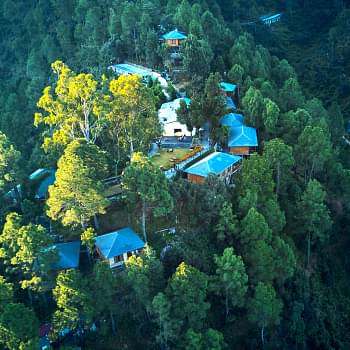
View all
140+
Resorts
June 18, 2025
CM Content Team
Every summer, the Indonesian island of Bali comes alive in a burst of colour, rhythm, and tradition. For over four decades, the Bali Arts Festival, locally known as Pesta Kesenian Bali, has stood as a testament to the island’s deep cultural roots and creative soul. Held annually in Denpasar, the provincial capital, this vibrant event brings together artists, performers, craftsmen, and spectators from across Indonesia and the world.
In 2025, the Bali Arts Festival in Indonesia promises to be an even more dazzling spectacle, reflecting both the enduring spirit of Balinese traditions and the evolving dynamics of global art. Whether you’re a culture enthusiast, an artist, or a curious traveller, this month-long celebration offers a rare and immersive experience of Indonesia’s most artistic and spiritually rich island.
In this Blog:
Origins of the Bali Arts Festival
When and Where
What to Expect at the Bali Arts Festival
Cultural Significance and Community Involvement
Bali Arts Festival vs. Other Global Festivals
What’s New in 2025
Tips for Travelers
Where to Stay in Bali
How to Reach Bali
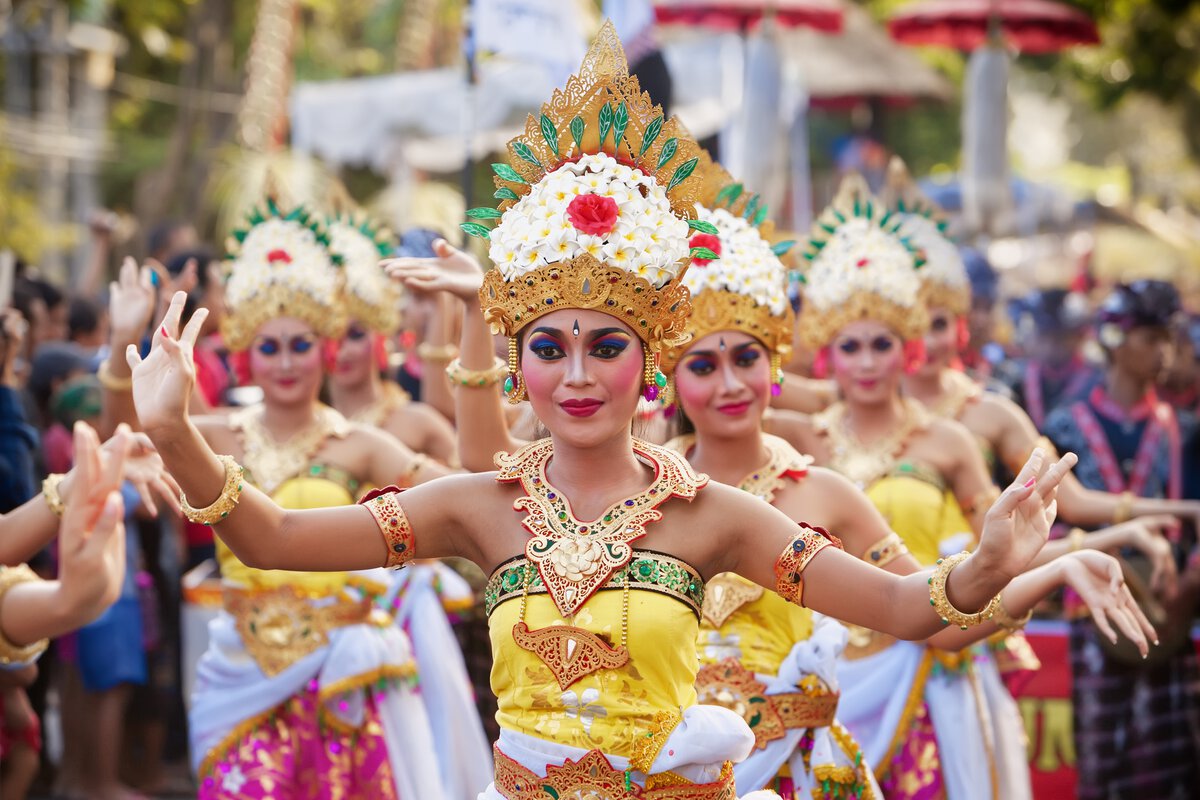
The Bali Arts Festival was first held in 1979, spearheaded by the then-Governor of Bali, Ida Bagus Mantra. His vision was clear: to preserve, showcase, and rejuvenate Balinese cultural traditions at a time when globalization threatened to erode them. Over the years, the festival has become a cornerstone of Balinese identity, a platform where classical art forms are performed, and new expressions are nurtured.
Unlike other modern art festivals, the Bali Arts Festival has deep ceremonial and communal underpinnings. It celebrates the Balinese concept of Tri Hita Karana, the three sources of well-being, which are harmony with God, harmony with people, and harmony with nature. This philosophy is woven into every performance, every procession, and every ritual held during the festival.
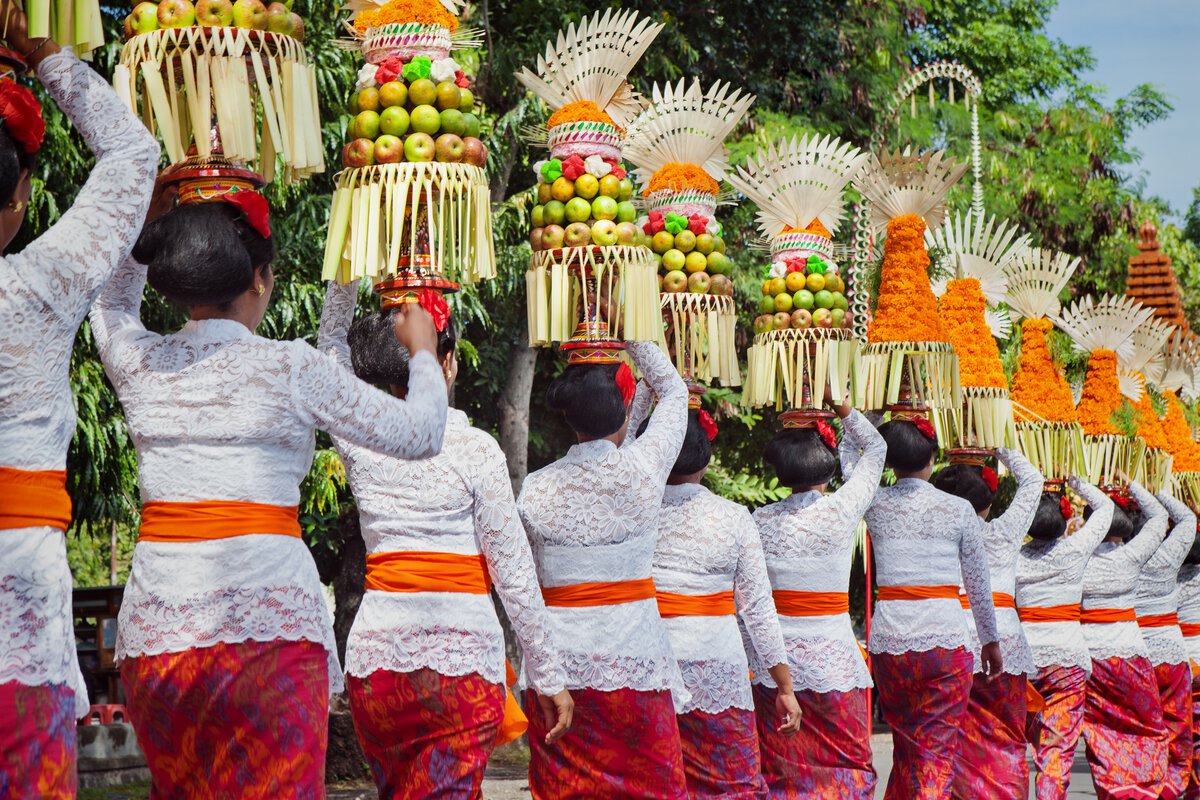
The Bali Arts Festival 2025 is expected to take place from June 15 to July 13, 2025, continuing its traditional month-long schedule. The main venue remains the Taman Werdhi Budaya Art Centre in Denpasar, which becomes a hub of cultural activity during the festival.
Opening Parade: The event kicks off with a grand parade at the Niti Mandala Renon Square, typically attended by the President of Indonesia or top government officials. This parade is a dazzling display of traditional costumes, giant ogoh-ogoh puppets, and coordinated dance troupes representing Bali’s various regions. Troupes from different districts prepare for months to present their best cultural performances. The air is electric with the sound of gamelan music, cheers from the crowd, and the aroma of incense and tropical flowers.
Performances: Daily cultural performances take place at various amphitheaters within the Taman Werdhi Budaya Art Centre. These include traditional dances, theatrical reenactments of epic stories, and contemporary artistic showcases. Each evening features a different theme or region, offering visitors a unique glimpse into Bali’s diverse cultural landscape. Audiences are treated to visually stunning displays with intricate costumes, live gamelan orchestras, and expressive storytelling through movement and music.
Workshops & Exhibitions: Throughout the month, art and craft workshops, seminars, and exhibitions of traditional Balinese sculpture, painting, and weaving are held. Visitors can participate in hands-on sessions led by master artisans, learning age-old techniques passed down through generations. Educational seminars delve into the history and symbolism behind Balinese art forms, offering deeper cultural insight. The exhibitions also feature contemporary interpretations of tradition, bridging the gap between heritage and modern artistic expression.
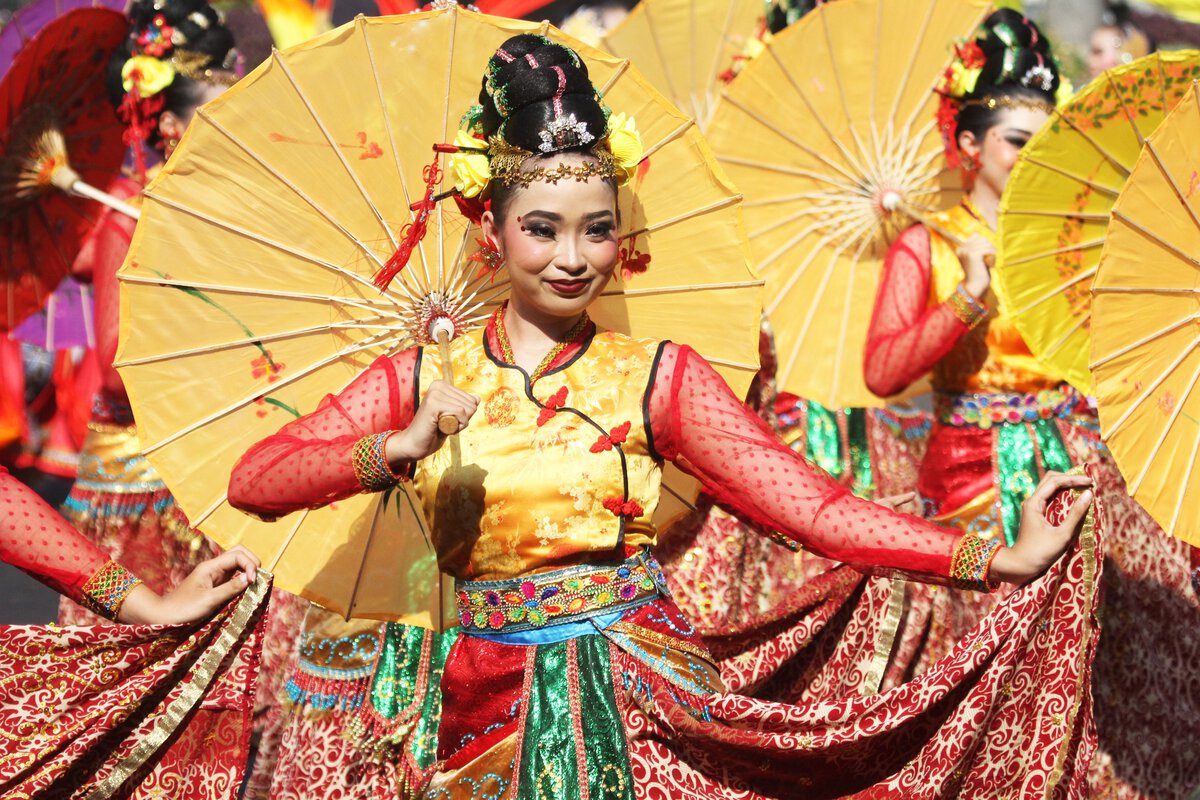
The Bali Arts Festival is not just an event; it’s an immersive journey through the soul of Balinese life. Here's what makes it extraordinary:
Balinese dance is one of the most visually captivating performance arts in Southeast Asia. The festival features both classical and contemporary forms such as:
Each performance is meticulously choreographed, with elaborate costumes and symbolic gestures that represent stories from Hindu epics like the Ramayana and Mahabharata.
Music is inseparable from Balinese rituals. The gamelan orchestra, with its metallic percussion instruments and hypnotic rhythms, provides the heartbeat of the festival. Different styles of gamelan are performed, reflecting the diversity of Balinese communities. These live performances often accompany dance and theatrical acts, enhancing their emotional and spiritual impact. Audiences are mesmerized by the syncopated beats and intricate coordination among the musicians.
The festival showcases traditional Balinese arts, including:
Local artisans also host workshops for visitors interested in learning these crafts, often offering their handmade items for sale. Each piece reflects the rich symbolism and spiritual beliefs deeply rooted in Balinese culture. These exhibitions not only preserve traditional skills but also support local livelihoods through cultural tourism.
No celebration is complete without food, and the Bali Arts Festival offers a rich taste of Balinese culinary traditions. Popular dishes include:
Street vendors and food stalls line the festival grounds, creating a lively and flavourful atmosphere.
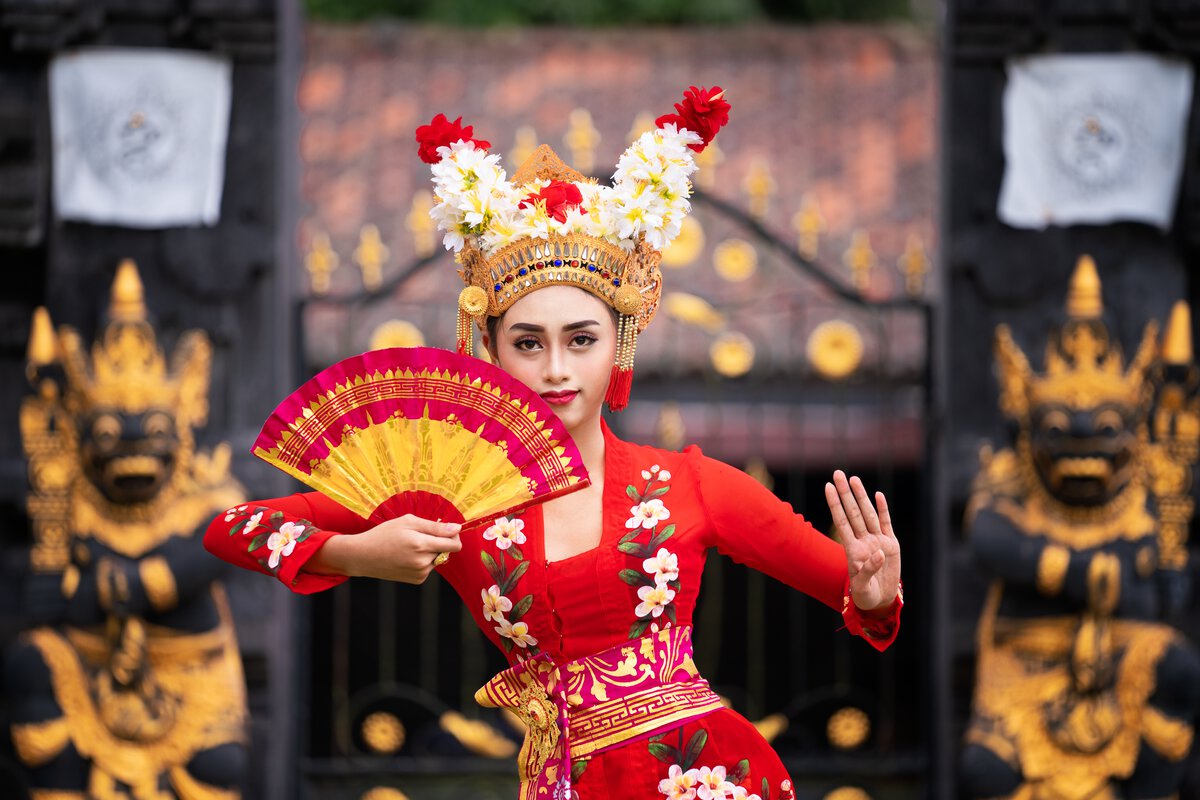
The Bali Arts Festival is more than just a tourist attraction; it is a deeply community-driven and culturally restorative event. Each of Bali’s districts, or kabupaten, sends its own delegation to participate. For months leading up to the festival, villages rehearse dances, prepare costumes, and plan their contributions with a sense of pride and responsibility. In this way, the festival serves multiple purposes:
Ensures that traditional art forms are passed down to younger generations. Schools, community groups, and local temples all take part in preparing young performers for the festival. This fosters pride in heritage and strengthens cultural identity from an early age.
Encourages youth participation, mentorship, and community bonding. Elders often guide and train the younger artists, creating a living bridge between past and present. These collaborations reinforce mutual respect and cultural continuity.
Many performances are ritualistic in nature, connecting the material world with the divine. Offerings are made before shows, and sacred dances are performed in reverence to deities. This spiritual foundation gives the festival a deeper meaning beyond entertainment.
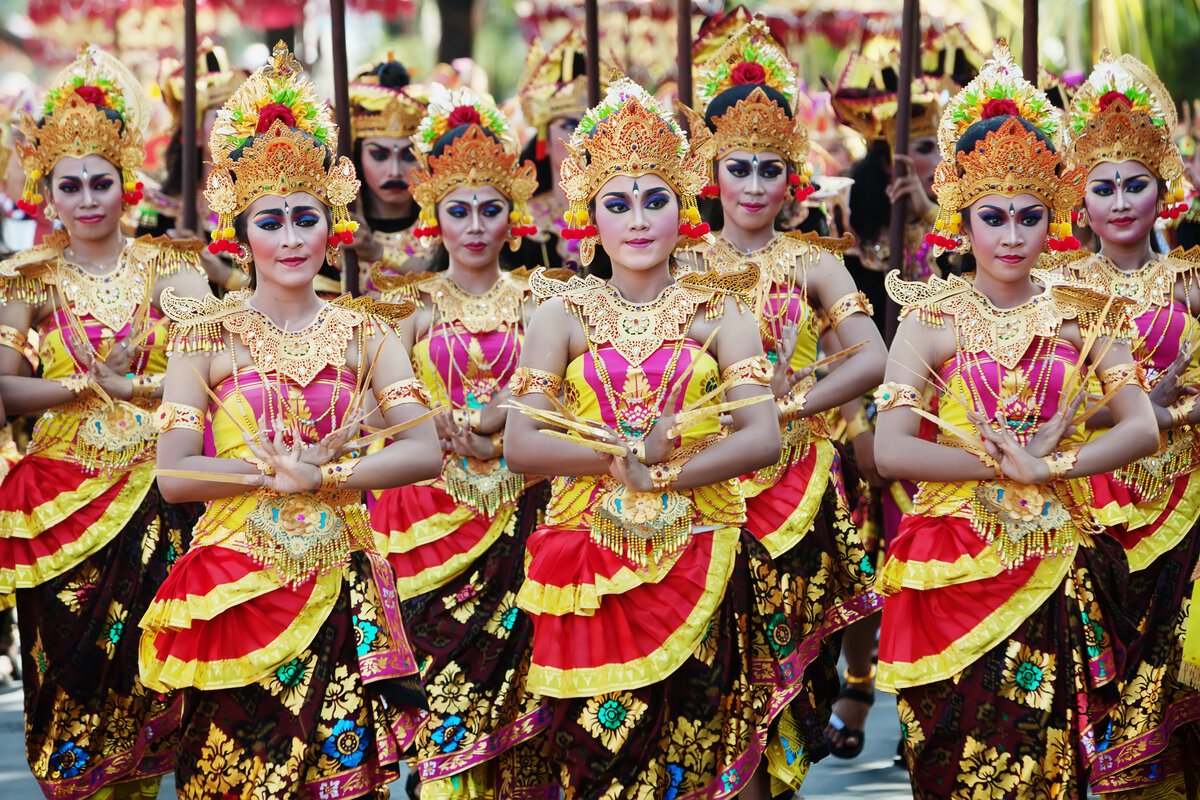
Compared to global art festivals like the Edinburgh Festival Fringe, Venice Biennale, or Rio Carnival, the Bali Arts Festival is uniquely spiritual and rooted in local identity. It’s not a commercial showcase but a living, breathing expression of heritage. There are no flashy endorsements or celebrity headliners, just artists, villagers, students, and elders coming together in authentic celebration.
What sets it apart?
The festival is organized by local cultural institutions and supported by village committees, not corporate sponsors. This ensures authenticity and keeps the focus on cultural expression rather than profit.
Many events are tied to temple ceremonies and spiritual offerings. This sacred connection reinforces the island’s religious traditions and cultural values.
Performances often include regional dialects and rare Balinese scripts. This helps keep endangered languages alive and relevant for future generations.
Villages from remote areas are given platforms to showcase their unique art forms. This promotes diversity and equity within Bali’s cultural narrative.

As Bali embraces digital innovation and global tourism, the 2025 edition of the festival will also reflect some modern updates:
Attending the Bali Arts Festival in Indonesia can be a life-changing cultural experience, especially when you’re prepared to immerse yourself fully. Here are few practical tips to help you make the most of your visit.
The opening procession draws massive crowds, so arrive early to get a good viewing spot. Bringing a hat, sunscreen, and water is a smart move for comfort under the sun.
With daily performances, exhibitions, and workshops, having a flexible itinerary helps. Check the festival program to prioritize events that align with your interests.
While Bali is tourist-friendly, it’s still deeply spiritual. Wearing modest clothing, especially at ceremonial events, shows respect for local traditions.
While the Art Centre is the hub, many villages host satellite events. Exploring these smaller showcases offers a more intimate and authentic cultural experience.
Simple greetings like Om Swastiastu (hello) and Suksma (thank you) go a long way. Locals appreciate the effort and often respond with warmth and friendliness.
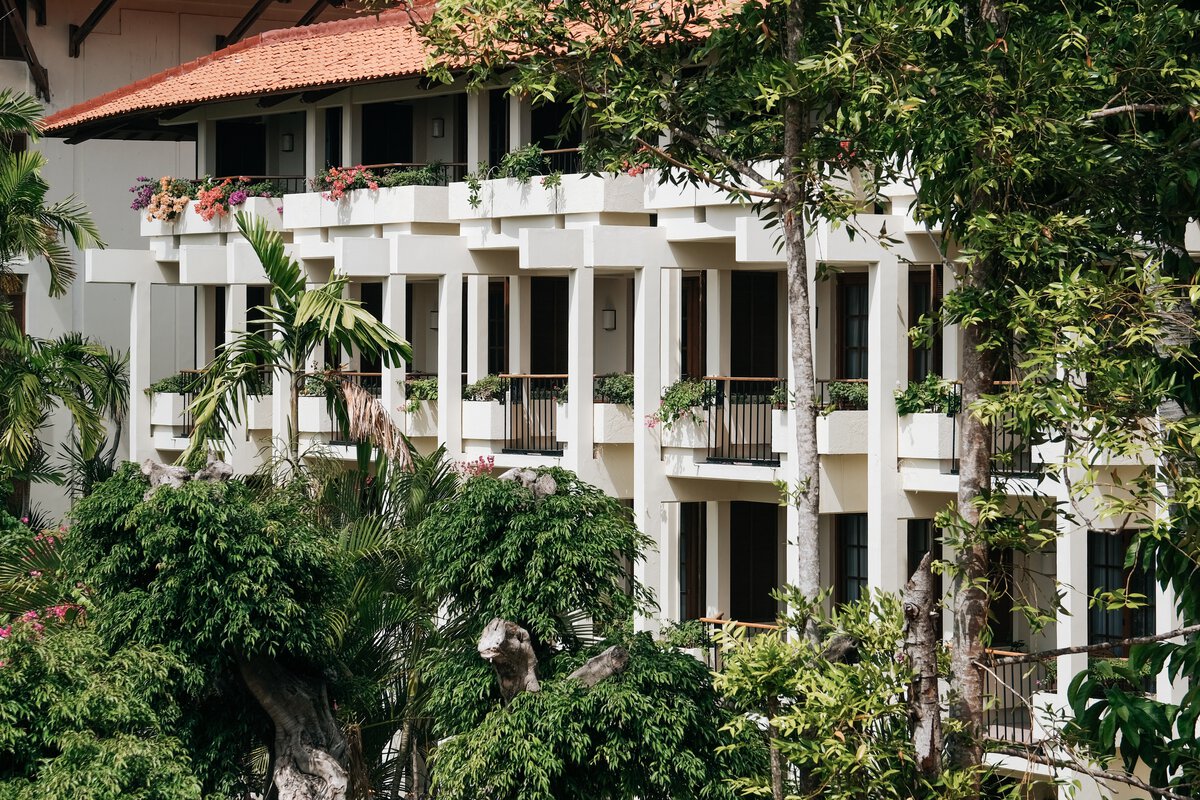
Located in the serene enclave of Nusa Dua, Ayodya Resort Bali offers comfortable beachfront accommodation with traditional Balinese architecture. This resort in Bali is an excellent choice for festival-goers seeking both relaxation and cultural immersion. The resort is about 30–40 minutes from Denpasar, providing easy access to the festival while offering a peaceful retreat after a day of exploration. Guests enjoy world-class amenities, lush gardens, and warm Balinese hospitality throughout their stay.
Club Mahindra Membership offers families access to over 140+ Club Mahindra resorts worldwide, including stunning locations across India, Southeast Asia, and Europe. Members enjoy year-round vacation flexibility, curated experiences, and comfortable stays tailored for every age group. With destinations ranging from tropical beaches to snowy mountains, it’s perfect for hassle-free, memorable getaways. The membership is ideal for frequent travellers seeking comfort, variety, and long-term value.
By Air: The main gateway to Bali is Ngurah Rai International Airport (DPS), also known as Denpasar International Airport. It’s well-connected with direct international flights from major cities in Asia, Australia, the Middle East, and parts of Europe.
From Within Indonesia: Bali is easily accessible via domestic flights from Jakarta, Surabaya, Yogyakarta, and other major Indonesian cities. Domestic airlines like Garuda Indonesia, Lion Air, and AirAsia offer frequent, affordable options.
By Sea: Travelers from nearby Indonesian islands like Java and Lombok can reach Bali by ferry. The most popular route is the Ketapang-Gilimanuk ferry from East Java to Bali’s west coast.
From the Airport: Denpasar city centre and the Art Centre venue are about 30–45 minutes from the airport by taxi or ride-hailing apps like Gojek or Grab. Car rentals and airport shuttle services are also widely available.
The Bali Arts Festival in Indonesia is not just an annual calendar event, it’s a cultural heartbeat that keeps Balinese identity thriving in a modern world. In 2025, as the island balances tradition with technology, the festival will continue to serve as a radiant reminder of what makes Bali truly special: its people, its spirituality, and its unwavering artistic spirit.
If you’re planning a trip to Indonesia, time it with the Bali Arts Festival. Whether you're marvelling at a dramatic Barong dance or savouring traditional food under the stars, this is one cultural experience that will linger in your soul long after your vacation ends.
Mahindra Holidays & Resorts India Ltd. (MHRIL), a part of Leisure and Hospitality sector of the Mahindra Group, offers quality family holidays primarily through vacation ownership memberships and brings to the industry values such as reliability, trust and customer satisfaction. Started in 1996, the company's flagship brand ‘Club Mahindra’, today has over 300,000 members , who can holiday at 140+ resorts in India and abroad.
We use cookies to personalise content and to provide you with an improved user experience.By Continuing to browse this site you consent to the use of cookies.Please visit our cookie policy for further details.

Welcome to ClubMahindra.com In order to provide a personalised experience for you, we use cookies to enable some website functionality. Cookies help us see which articles most interest you; allow you to easily share articles on social media channels; permit us to deliver content personalised to your interests and locations; along with many other site benefits. For more information, please review our Cookie Policy
When you visit any website, it may store or retrieve information on your browser, mostly in the form of cookies. This information might be about you, your preferences or your device and is mostly used to make the site work as you expect it to. The information does not usually directly identify you, but it can give you a more personalized web experience. Because we respect your right to privacy, you can choose not to allow some types of cookies. Click on the different category headings to find out more and change our default settings. However, blocking some types of cookies may impact your experience of the site and the services we are able to offer.
Because we respect your right to privacy, you can choose not to allow some types of cookies and you have the right to withdraw your consent by send a mail to email id [email protected]
These cookies are essential in order to enable you to move around the site and use its features, such as accessing secure areas of the site. Without these cookies, services you have asked for cannot be provided.
These cookies allow us to employ data analytics so we can measure and improve the performance of our site and provide more relevant content to you. These cookies don't collect information that identifies a visitor down to an individual level that is available to us. These cookies are not passing personally identifiable information to any external third party other than in limited cases when we engage a service provider to act on our behalf but who is then unable to use the data for their own purposes.
Performance cookies are generally third-party cookies from vendors we work with or who work on our behalf that collect information about your visit and use of the Club Mahindra website, for instance which pages you visit the most often, and if you get error messages from web pages. These cookies don't collect information that identifies a visitor. All information these cookies collect is anonymous and is only used to improve your overall experience on how the website works. Third party vendors may have access to this data and may use it to improve their overall services and offerings.
Functionality cookies allow a site to remember choices you make (such as your user name, language or the region you are in) and provide more enhanced, personal features. These cookies cannot track your browsing activity on other websites. They don't gather any information about you that could be used for advertising or remembering where you've been on the Internet outside our site.
Third-party advertising and social media cookies are used to (1) deliver advertisements more relevant to you and your interests; (2) limit the number of times you see an advertisement; (3) help measure the effectiveness of the advertising campaign; and (4) understand people's behaviour after they view an advertisement. They are usually placed on behalf of advertising networks with the site operator's permission. They remember that you have visited a site and quite often they will be linked to site functionality provided by the other organization. This may impact the content and messages you see on other websites you visit. If you do not allow these cookies you may not be able to use or see certain these sharing tools content on our website.